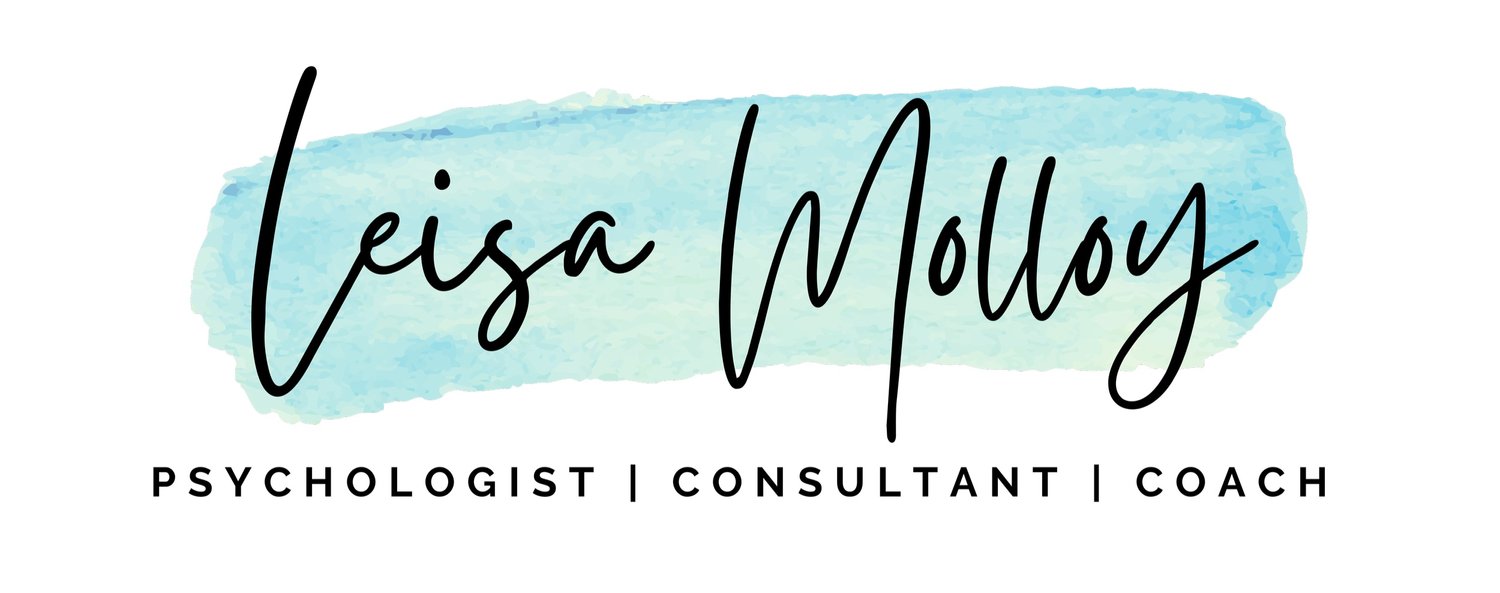On emotional inclusion, responding to gossip, and invisible high performers
This is the content from the September 2022 newsletter - enjoy! And be sure to sign up for the newsletter if you enjoy this kind of content :-)
Who are your invisible high performers?
This article felt relevant given some conversations I've been having with a client about moving away from more traditional ways of identifying so-called "talent" within teams and organisations. More specifically, we've been talking about the role that strong, steady performers can play in enabling organisational success - despite these roles and individuals often being overlooked or undervalued. It's a super quick read exploring a similar idea - that your most valued employees are often those that don't stand out. If you are a leader, it could be worth considering a few similar questions for yourself after reading the article.
Who are the individuals in your team who, without any fuss, make your job or other people's jobs easier? Or who reduce potential stress by tackling problems you weren't even aware of, without being asked? Who operate as the 'backbone' of the team or organisation, consistently providing support or resources to those in more 'visible' roles?
You'll find the article here - I hope it inspires a bit of reflection on how to ensure your most valuable employees are recognised and appreciated.
How should you respond when colleagues gossip about you?
This article explores some different ways to handle that awkward situation of discovering that someone at work is talking about you, but behind your back. It is written by Joseph Grenny, author and guru on the topic of Crucial Conversations.
What I liked most about the advice was the focus on responding in a way that positively influences others, thereby contributing to a healthier workplace in the longer term. Indeed, an underlying goal is to "transcend tit-for-tat reactions", which hopefully creates greater accountability and discourages similar behaviour in future. The article also highlights the potential opportunity to translate gossip into useful feedback in situations where the commentary DOES have some merit. The final point is a good one - while this approach doesn't guarantee that people will stop gossiping in future, it does guarantee that you become part of the solution rather than part of the problem.
Where is the real problem?
I'm jumping on the bandwagon! The "quiet quitting" one, that is. There was a day last week when it seemed my entire LinkedIn feed was full of posts about this topic. As suggested in this HBR article, this appears (in part) to be a new name for the already existing concept of "discretionary effort", which refers to putting in more effort than is required. For a long while now discretionary effort has been explored in the context of employee engagement, with plenty of research investigating those factors that contribute to whether or not employees are willing to 'go the extra mile'.
This article hones in on the role that managers can play, emphasising their ability to create strong, trusting relationships and ensure that employees feel valued. It includes some interesting insights gleaned from the authors' extensive database of 360-degree survey results, which suggest some clear links between how people feel about their manager and their level of discretionary effort. For some employees, a job will always just be a "job", and other things will always take precedence. But there are also many cases where this phenomenon can be explained fairly well by this quote from the article, which states that "individuals want to give their energy, creativity, time, and enthusiasm to the organisations and leaders that deserve it."
I enjoyed the prompt in the article for leaders to engage in some reflection if they feel they have a “quiet quitting” problem in their team. Is this a problem with your direct reports, or is there work for you to do as a leader? You can read the article here.
How can you deal with difficult coworkers?
We've all experienced the challenges of working with someone we don't find easy to get along with. Indeed, my own experiences contributed to my focus on supporting leaders and their teams to handle courageous or challenging conversations.
In this podcast episode, Amy Gallo shares some of the best ways to identify, engage with, and manage yourself through periods of interpersonal conflict. Right from the start Gallo puts a caveat in place, explaining that listeners shouldn't use any of the 'types' she describes in her book to label others or talk about them in a pejorative sense. Instead, these insights should be used to build understanding and awareness around their potential needs. This sits well with me, in that I agree empathy plays a crucial role in these situations. The episode goes on to explore a range of approaches for working with people with different personalities and behavioural styles, including some tactics to explore if none of your efforts appear to be making a difference. I particularly enjoyed the insightful question posed right towards the end - what if you are the difficult person?!
You'll find the episode here on the HBR IdeaCast website, or here on Spotify or Apple Podcasts.
How do emotional inclusion and psychological safety come together?
This interview with Amy Edmondson is full of great insights into how leaders and organisations can contribute to creating mentally healthy, inclusive, and thriving workplace cultures.
Personally, I really enjoyed Edmondson's comments about the role of humility, curiosity and empathy, as well as the importance of actually listening when people speak up. She also talks about some common misperceptions relating to psychological safety, emphasising that the focus is on creating high-performing teams who constantly learn and challenge themselves (rather than sitting idly in the 'comfort zone'). The interview also includes some great advice on creating permission for candour in remote settings - a topic that Edmonson has written about previously. She suggests that leaders should explicitly call out this "handicap", inviting the team to view this as a shared challenge that can be solved collaboratively.
Overall, it's a good listen for anyone interested in inclusion, emotional intelligence, or psychological safety. You can find the episode here on The Emotional Inclusion Podcast, or here on Spotify or Apple podcasts.
How good are you at 'strengths spotting'?
This month's resource is inspired by my current enjoyment of the team strengths program I'm facilitating with an amazing organisation. I'm about halfway through the process of individually debriefing each team member on their Strengths Profile - conversations I absolutely love given the opportunity to tap into my own strengths while doing so.
This resource includes 10 tips for 'spotting' or identifying your strengths by tuning in to your own feelings of energy, excitement, and authenticity. For me, a key tip is to notice when your tone and gestures become more animated, with this being something that I often observe while conducting strengths debriefs. You can download the resource sheet here.
Reach out if you are keen to explore a similar program for your team!
Thanks for reading! Feel free to share with anyone who might find these insights helpful, or who might want to sign up and join the community.






